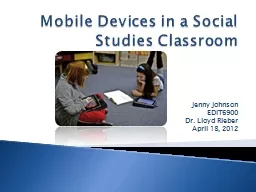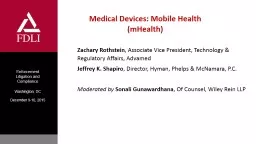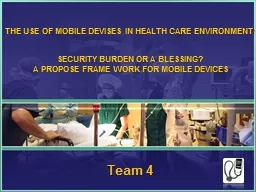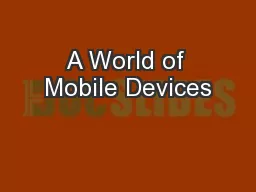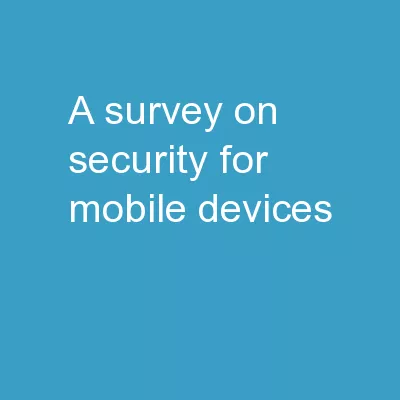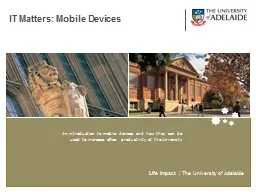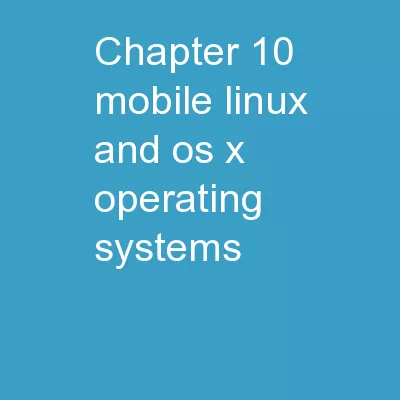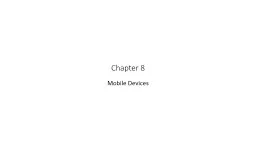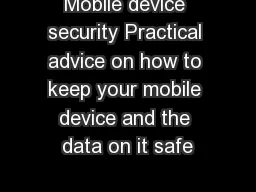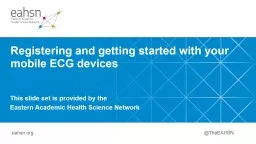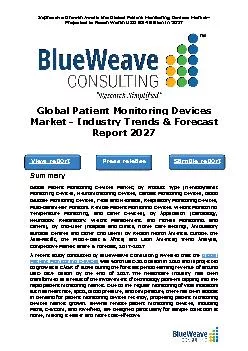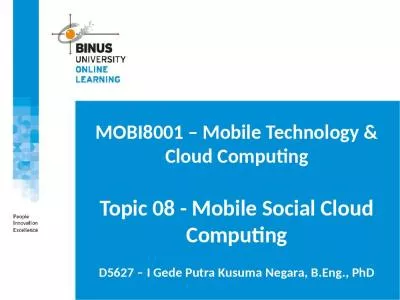PPT-Mobile Devices in a Social Studies Classroom
Author : ellena-manuel | Published Date : 2015-10-24
Jenny Johnson EDIT6900 Dr Lloyd Rieber April 18 2012 The Math and Reading teachers have mobile devices available for student use Why shouldnt mobile devices be
Presentation Embed Code
Download Presentation
Download Presentation The PPT/PDF document "Mobile Devices in a Social Studies Class..." is the property of its rightful owner. Permission is granted to download and print the materials on this website for personal, non-commercial use only, and to display it on your personal computer provided you do not modify the materials and that you retain all copyright notices contained in the materials. By downloading content from our website, you accept the terms of this agreement.
Mobile Devices in a Social Studies Classroom: Transcript
Download Rules Of Document
"Mobile Devices in a Social Studies Classroom"The content belongs to its owner. You may download and print it for personal use, without modification, and keep all copyright notices. By downloading, you agree to these terms.
Related Documents

